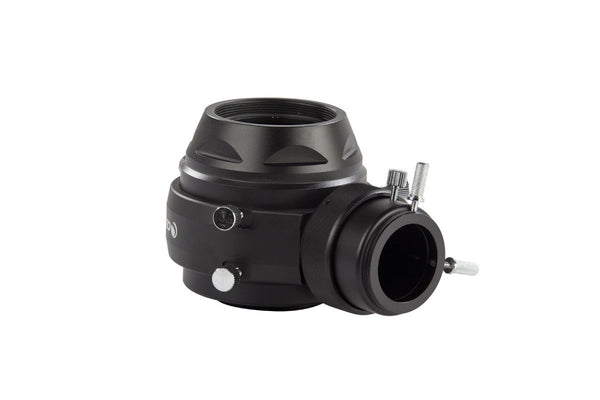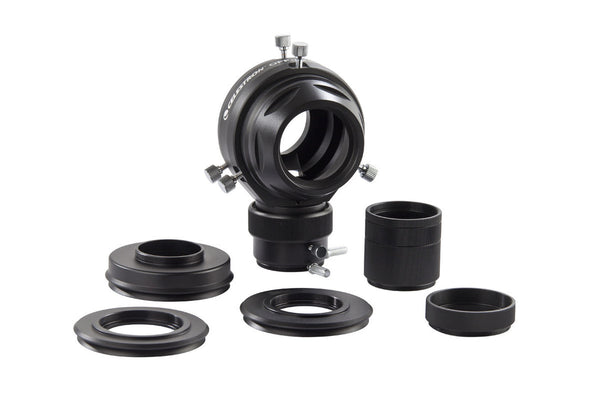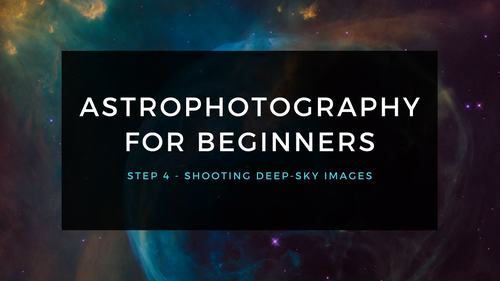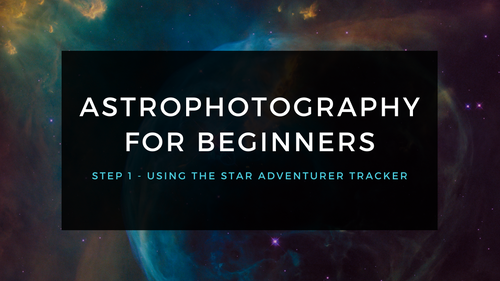







Why Purchase from All-Star Telescope?
Free Expert Support
Whether you are a first timer needing help with setting up or an enthusiast that can't quite make that one thing work, our expert staff are ready to support your needs. With decades of knowledge and first hand experience we've been there and we can help you through it!
Stress Free, Secure Transactions
You can trust purchasing and delivery with All-Star Telescope. All of our transactions are 100% secure and Level 1 PCI DSS compliant thanks to Shopify's ShopPay platform. For additional protection, we insure 100% of the value of every shipment we make. If it get's lost during shipment, we replace it. If it gets damaged during shipment, we replace it. We make sure your product arrives exactly as you would expect it to; we promise.
We also ensure privacy protection. We never keep any of your credit card information on file and any of your personal data is stored according to our policies.
30 Day Return Policy
Buy with confidence knowing that we accept returns up to 30 days after purchase. We want you to have something you will actually use and we are confident that we keep good quality products in our store with No Junk.
Price Match Promise
Shipping around for the best price is tough, we make it easier by offering the best pricing in the market. But if you find a better price on an in-store item somewhere else we will match it!
Product Description
The Off-Axis Guider (93648) is an essential astroimaging accessory for long focal length telescopes that require the most accurate guiding possible. The Celestron Off-Axis Guider uses a prism to intercept a small portion of the telescope’s focal plane (outside the field of view of the main imaging camera) to locate a guide star. Any movement seen by the guide star will be the exact same movement seen by the imaging camera. Guiding this way will correct for tracking errors, as well as opto-mechanical errors or flexure. The result: better astroimages with pinpoint round stars.
Off-Axis Guiders have been around for a long time, but typically pose three main challenges:
- Finding a guide star from the far edges of the telescope’s focal plane can be difficult, considering the small field of view and sometimes less-than-ideal illumination.
- Getting both imaging camera and autoguider to reach focus with one another is time consuming and sometimes requires experimentation.
- Additional spacers and adapters are usually required for your particular camera, telescope, and autoguider, which adds to cost and complexity.
Celestron's Off-Axis Guider addresses these challenges by:
- Providing a large 12.5 mm prism that can be adjusted to move closer to the center of the telescope’s focal plane, depending on the size of the imaging camera. This results in brighter guide stars, with the help of the large prism to fully illuminate the autoguider sensor.
- Featuring a high-quality, fixed-orientation Helical focuser. This provides extremely smooth and accurate focus of the autoguider without changing (or twisting) the autoguider camera orientation.
- Including all the needed spacers and adapters are included for most common imaging configurations, including DSLR cameras, Nightscape CCD cameras, and more. The following adapters are included: SCT/EdgeHD, female M48, female M42 (T-thread), male M48, male M42 (T-thread), 3 T-thread spacers
Specifications
| Weight: | 18 oz (510 g) |
| Clear Aperture: | 48mm (1.89") |
Additional Articles, Videos, and Links

Astrophotography for Beginners Step 4: Shooting Deep-Sky Images
Taking deep sky pictures can be daunting, luckily there is an easy process to follow to allow you to get great shots! Here is the typical process for actually taking deep-sky images in the field.

Astrophotography for Beginners Step 3: Choosing Gear for Deep-Sky Imaging
Using a star tracker gains you experience with the fundamentals of deep-sky imaging. Shooting the Moon gains you experience focusing and framing through your telescope. Through your sessions you’ll...

Astrophotography for Beginners - Start Here: Getting into Astrophotography Step by Step
Shooting the night sky has never been more popular, nor easier. The choice of equipment has also never been better, or more affordable. However, as per the advice given by Dickinson and Dyer in the...

Astrophotography for Beginners Step 1: Using the Star Adventurer Tracker
By far the most economical and easiest way to capture beautiful images of the Milky Way and large deep-sky objects like the Andromeda Galaxy (shown here) is to use a star tracker. Here are steps an...

Astrophotography for Beginners Step 2: How to Shoot the Moon
Close-ups of the Moon are rewarding, and an easy way to learn to shoot through your telescope. While good results are possible with a phone camera clamped to an eyepiece (as shown below), this tuto...

